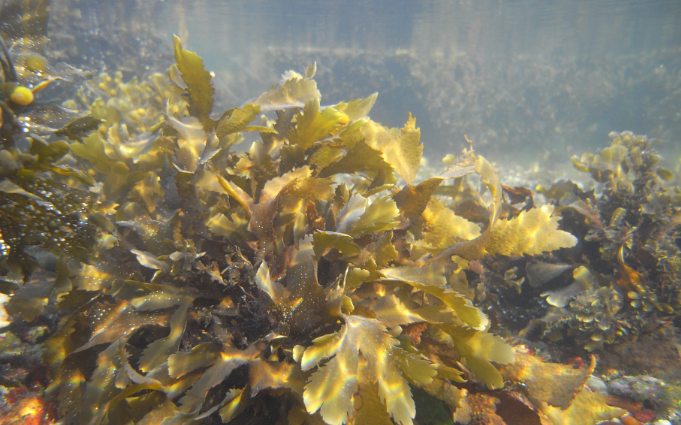Seaweed was a common food in Europe for thousands of years, researchers have found. The study was conducted on human teeth from Spain to Lithuania, covering the period from 6400 BC to the 12th century AD, and distinctive markings were discovered.
Seaweed may seem an unusual ingredient in today’s Western cuisine, appearing only in a fancy cookbook or a local delicacy. But it turns out that seaweed has been a common foodstuff among people in Europe for thousands of years.
The finding was unexpected because the emergence of farming during the Neolithic period was considered to have resulted in the abandonment of aquatic resources. By the 18th century, seaweed was regarded a famine food.
“The idea of it being a foodstuff really hasn’t emerged in Europe at all, actually.” said Karen Hardy, a co-author of the work and a prof of prehistoric archaeology at the University of Glasgow.
While evidence of seaweed has previously been discovered at archaeological sites, the research team claims it was unclear what it was used for, with hypotheses including fuel and fertilizer. However, the current research provides proof that seaweed was consumed throughout Europe. “These biomarkers came from inside the dental calculus. And so it’s unequivocal. They couldn’t have not chewed it.” said Hardy.
Hardy and colleagues describe their analysis of samples of dental calculus, or tartar, from the remains of 74 people from 28 archaeological sites across Europe, from southern Spain to northern Scotland, dating from roughly 6400 BC to the 12th century AD, in a paper published in the journal Nature Communications.
The scientists discovered biomarkers in 37 samples from 33 of these people, with 26 samples bearing telltale compounds indicating the intake of items like seaweed and pondweed. These biomarkers allowed the team to investigate what the subjects had eaten. They add that one sample showed intake of sea kale, a plant as a mariner’s cure for scurvy.
The team was able to pinpoint the color of the seaweed that was consumed in certain instances. For instance, it appears that red seaweed was consumed at a middle to late neolithic (3200-2800BC) site in Isbister, Orkney.
Although the importance of seaweed as a food source is unknown, the researchers speculate that it may have been frequently foraged, much like how shellfish and mushrooms are still collected today to augment other food sources. However, it gradually disappeared from the menu and turned into famine food and livestock feed.
Cover photo: Wikipedia
